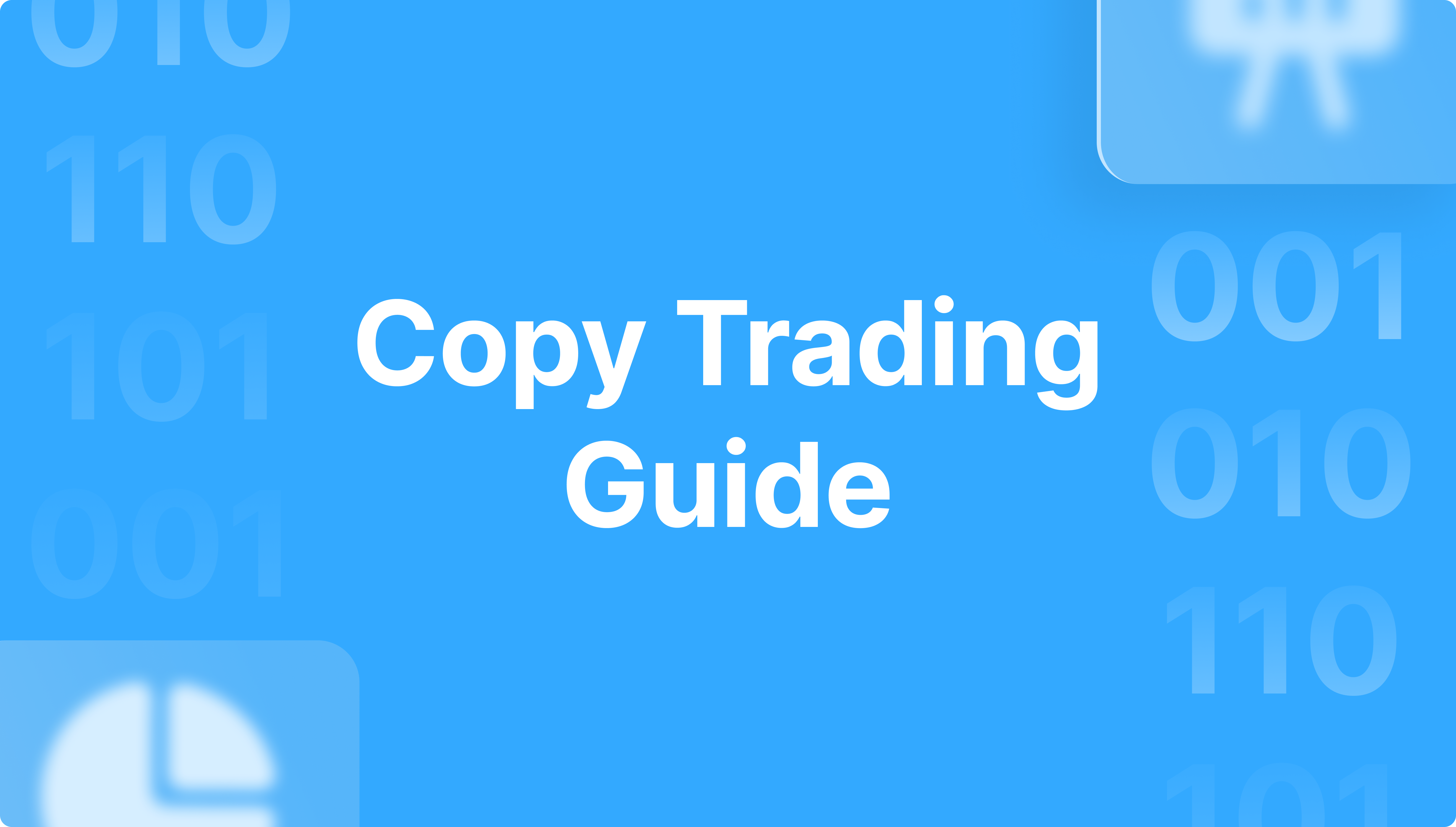What is liquidity in Forex?
Articles


Newcomer traders and brokerage business owners getting their feet wet in the FX industry face a paradox – money is marked by the absolute liquidity; meanwhile, trading pairs are not liquid by default, and sometimes high spreads and price slippage take place. Let’s clear things up – what is Forex liquidity, and how this notion works within the industry with more than $7 billion of trading volumes.
Liquidity: the term description related to financial markets
The financial theory understands liquidity as a feature of an asset to be quickly bought/sold at a price close to the market one. Under the word “liquid” experts may understand “easily convertible to money.” What about money itself?
In a general sense, fiat currencies are characterized by absolute liquidity, as any time holders are able to exchange them for goods, services, other currencies, or other financial instruments. Meanwhile, the other sense appears when money is compared to money – i.e., one currency is more liquid than the other.
The United Nations recognizes 180 fiat currencies that are used throughout the world. When related to the Forex market, those currencies may form thousands of trading pairs, while the top-10 list covers 83.14% of overall trading volumes. This is why other trading pairs are less demanded in the market.
First and foremost, what is the working principle of the Forex market? Major players buy and sell giant volumes of currencies there, exchanging them as trading pairs. For instance, an investment fund wants to purchase 10 million EUR. The company cannot buy Euros from thin air – other currencies are applied (e.g., USD). As such, an investment fund utilizes the USD/EUR trading pair.
What about private traders? Why is it impossible to penetrate the industry directly, without the helping hand of brokerage companies?
Brokerage firms as an intermediary stage between traders and the Forex market
The Forex market is a regulated space, and all the deals are possible inside a certain legal framework. According to the current requirements, individual traders get access to the industry with the help of legal entities only.
Evidently, a trader’s success depends much on how reliable a brokerage firm is. With hundreds of FX brokers, the industry is among the most fiercely competitive; this is why companies offer ultimate conditions for their clients to convince them to make the right choice.
Forex liquidity plays one of the crucial roles while looking for a reliable brokerage company. Let’s dig into the notion deeper.
The accessories of low liquidity: high spreads, market gaps, price slippage
Professional traders rely on different strategies that vary in terms, principles, and trading pairs; meanwhile, all the strategies expect purchases to be done at lower prices and sales – at higher ones. When a price augments and a trader cannot sell an asset or vice versa, the chosen strategy ceases to work properly. As such, traders are afraid of the following situations:
- High spread. Spread is the difference between the bid and ask prices. The lower spreads are – the better conditions a trader obtains. For instance, spreads for top-rated trading pairs (e.g., EUR/USD, GBP/USD) should be close to 0. As for fewer in-demand pairs, the spreads of 5-10 pips are understood as possible. When the spreads are higher, the disjuncture between the bid and ask prices takes place.
- Gapping. Breaks between prices are called gaps that frequently occur at the beginning of a trading session. Such a situation happens when a price sharply increases or moves down. Low liquidity leads to the possibility of manipulations when traders influence the quotes.
- Slippage refers to the market situation when stop-loss instruments are filled at a lower or higher price than a trader has chosen.
This is why the given situations affect trading strategies negatively and lead to chaotic deals. High spreads, gapping, and slippage are possible when the Forex liquidity is not high enough. Foremost, this criterion depends much on the business model chosen by a brokerage firm.
The difference between DD (Dealing Desk) and NDD (No-Dealing Desk) brokers
Brokerage models are roughly broken down into diverse categories, but DD and NDD are the core sections. The main difference lies in whether a brokerage firm applies to a liquidity provider.
The Forex market can be roughly divided into three classes of participants: market makers (MMs), liquidity providers (LPs), and brokerage companies.
- Market makers are responsible for the vast majority of trading volumes that occur in the Forex industry. Market makers buy and sell millions or even billions of USDs, Euros, and other currencies.
- LPs connect brokerage businesses to market makers, increasing the liquidity of their order books.
- Brokerage companies are firms that unlock the entrance to the Forex market for private traders.
This hierarchy works for Non-Dealing Desk brokerage companies that transfer all the trades to market makers and get commissions from trades.
A DD broker has its own way, being dependent on no liquidity provider. Dealing Desk brokers are market makers on their own, as they create a tiny copy of the Forex industry within their order books.
For instance, a brokerage company has connected 100 000 traders, and the Forex liquidity depends on their activity. A matching engine is seeking interdependencies between the bid and ask requests. When there is a match, orders are executed instantly. Such a brokerage business model may be the case, but sometimes traders face exceptionally high spreads.
Let’s imagine that a DD brokerage firm processes 1 million trades per month. According to statistics of trading pairs, EUR/USD gets 27.95% of all trading volumes (279 500 trades), USD/JPY covers 13.34% of the volume (133 400 trades), GBP/USD – 11.27% (112 700 trades). What about the trading pairs placed out of the top-10? The statistics show that the AUD/JPY trading pair covers only 2.73% of overall trading volumes, while the AUD/NZD – 0.96% which means those pairs are going to take part in 27 300 and 9 600 monthly trades respectively.
While dealing with top-rated pairs, clients of DD brokers never face problems, but in the case of trading pairs with low popularity high spreads, gaps, and slippage frequently take place.
Furthermore, a DD brokerage firm is not interested in the increasing number of fees, as profits do not depend on this factor mainly.
Non-Dealing Desk brokers may be understood as a third party on the way between traders and market makers, as such companies offer platforms and other features to help clients make their price movement predictions and open positions, while orders are executed by market makers directly. NDD firms get commissions from every trade – this said, such a company wishes clients to trade as much as possible.
How does a liquidity provider work: a brief explanation
A liquidity provider is a market player responsible for the creation of liquidity pools where funds, banks, and other financial institutions are united. The pool displays quotes, news, and other important data for smaller participants. High liquidity decreases spreads and excludes the risk of price gaps or market slippage.
While talking about the types of LPs, Tier 1 and Tier 2 providers are always outlined. The first category unlocks access to the largest financial institution (a broad network of market makers), while the second class of providers grants access to one or several banks.
On top of the given two types, there are Prime-of-Prime liquidity providers who are in charge of their own liquidity pools with the largest number of market makers. Aside from Tier 1 banks or Forex Prime brokers, such a pool may include Over-the-Counter players, dark pools, and more. PoP liquidity pools are the deepest in the Forex market.
How to connect with liquidity providers?
Let’s suppose that a brokerage firm wants to unlock access to a deep liquidity pool and needs to apply to a liquidity provider. What is the connection mechanism?
- Choose a reliable provider among the companies available in the Forex market.
- Submit an application form and discuss the cooperation details (LPs charge fees from trades).
- Select the best liquidity aggregation (e.g., PrimeXM, OneZero) and liquidity venues (MetaTrader 4/5, DX Trade, B2Trader) to connect to liquidity pools.
Which factors to take into account while looking for a reliable LP? Suggested conditions do matter without a doubt – look through the list of available trading pairs, order execution time, technical support conditions, fees, etc. Meanwhile, the technical side is important as well – keep in mind liquidity aggregators and venues available.
B2BROKER as an ahead-of-time solution
B2BROKER is a Prime-of-Prime liquidity provider that leads the industry. Crowds of reliable LPs that have nothing to impress their clients with. B2BROKER is moving another way – the company is interested in ultimate solutions ready to boost FX brokerage businesses and help clients overrun competitors easily.
The world-known provider of liquidity and technologies unlocks access to 700 trading instruments available from 1 margin account: Forex, crypto CFDs, equities, commodities, and more to make your journey to financial markets successful enough.
On top of advanced features and innovations, the company suggests ultra-competitive conditions that make the interconnection with B2BROKER exceptionally beneficial for FX businesses.











